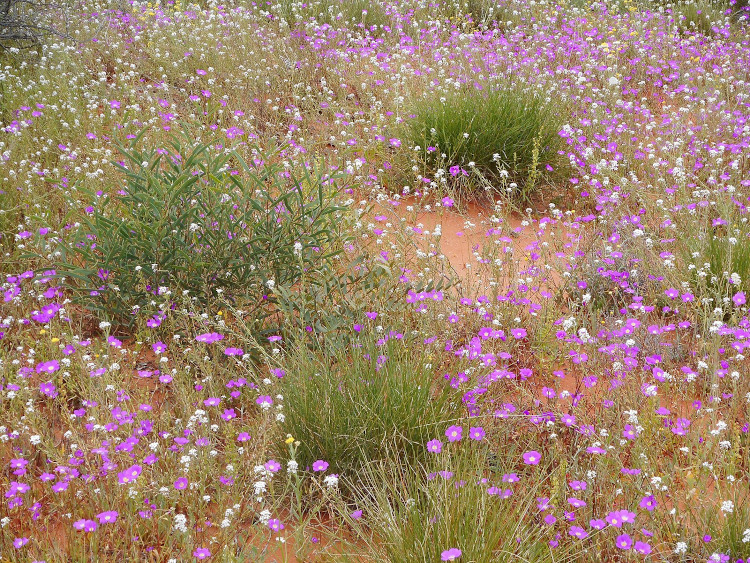Article by Eric Worrell
Heads I win, tails you lose…
The world's drylands are turning green as CO2 levels rise
Despite warnings that climate change will cause widespread desertification, many drylands are becoming greener due to rising levels of carbon dioxide in the air — a trend that recent research suggests will continue. But scientists warn that increased vegetation could drain scarce water resources.
Author: Fred Pierce • July 16, 2024
…
Australia is not alone. The story is the same from Africa's Sahel region to arid western India, from the deserts of northern China to southern Africa. “Despite increasing droughts, much of the world's drylands are greening up,” said Jason Evans, a water cycle researcher at the Center for Climate Change Research at the University of New South Wales in Sydney, Australia.
what is going on? Recent studies have concluded that the main reason is that the concentration of carbon dioxide in the atmosphere has increased by 50% since pre-industrial times. Increased carbon dioxide not only contributes to climate change but also accelerates photosynthesis in plants. By allowing them to use scarce water more efficiently, carbon dioxide-rich air can encourage vegetation growth in even some of the driest places.
…
The negative effects of a hot, dry climate have not gone away; but in most arid regions, this CO2 fertilization effect has proven to be even more powerful. It seems unlikely that this acceleration in plant growth will be short-lived if atmospheric carbon dioxide concentrations continue to rise due to fossil fuel burning. If anything, it will become more pronounced in the coming decades, a new modeling study published last month found. “Vegetation productivity is expected to increase across most of the world's drylands,” said Evans, a co-author of the study.
…
Water is not the only potential limiting factor for plant growth in arid areas. Availability of nutrients, especially nitrogen, is another issue. This raises the question of whether the benefits of CO2 fertilization will continue to increase. But recent climate models suggest dryland greening is unlikely to slow before mid-century and may accelerate.
…
So is this all good news? Ecologists warn that this is not the case. Most obviously, greening caused by agricultural irrigation can wreak havoc on scarce water reserves and destroy valuable dryland ecosystems
…
Learn more: https://e360.yale.edu/features/greening-drylands-carbon-dimination-climate-change
what can I say? Climate science predictions that carbon dioxide would cause deserts to expand turned out to be completely wrong—but it's still bad news.
related
Learn more from Watts Up With That?
Subscribe to have the latest posts delivered to your email.
